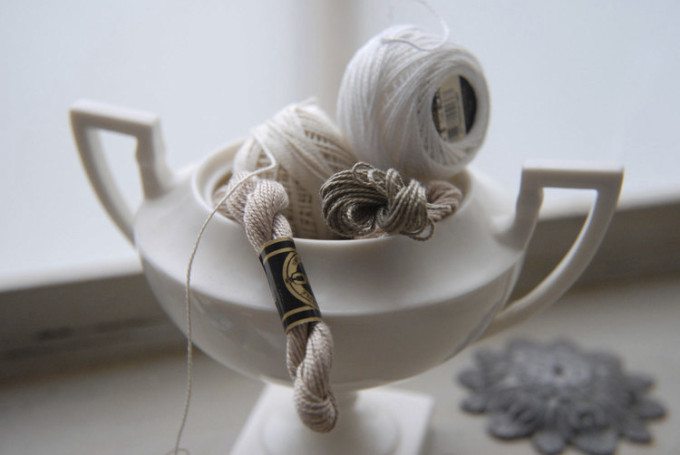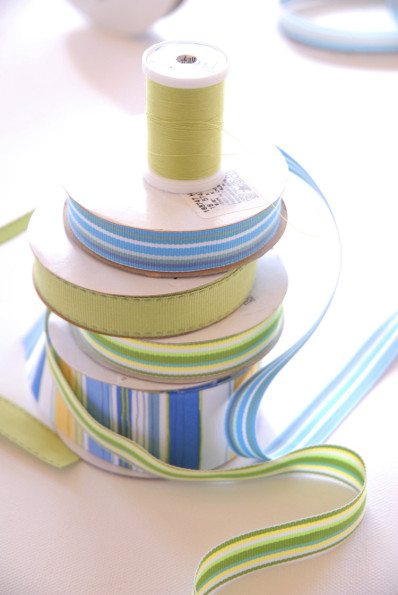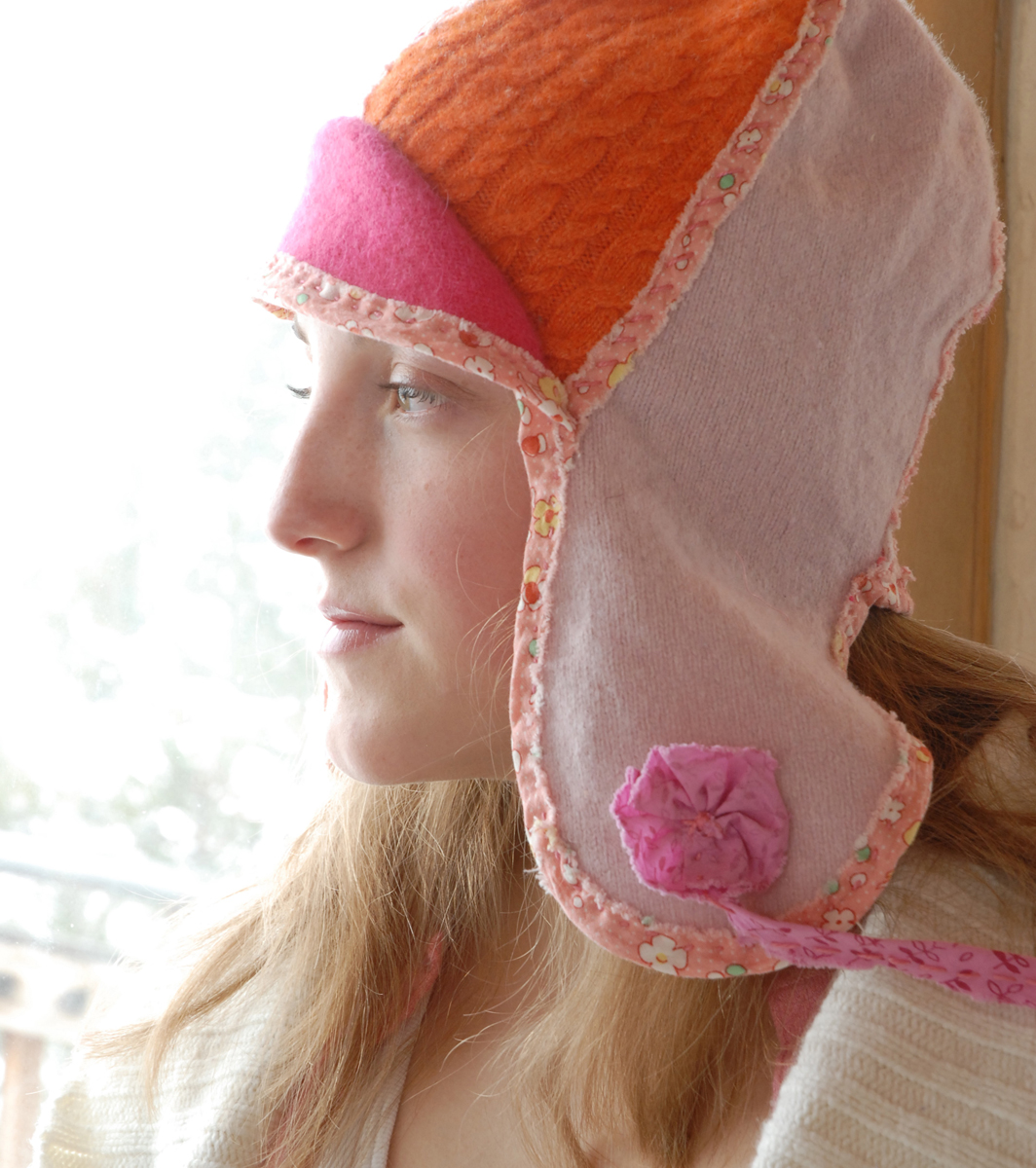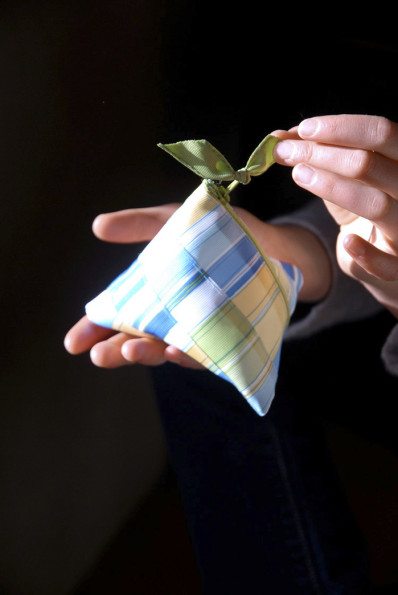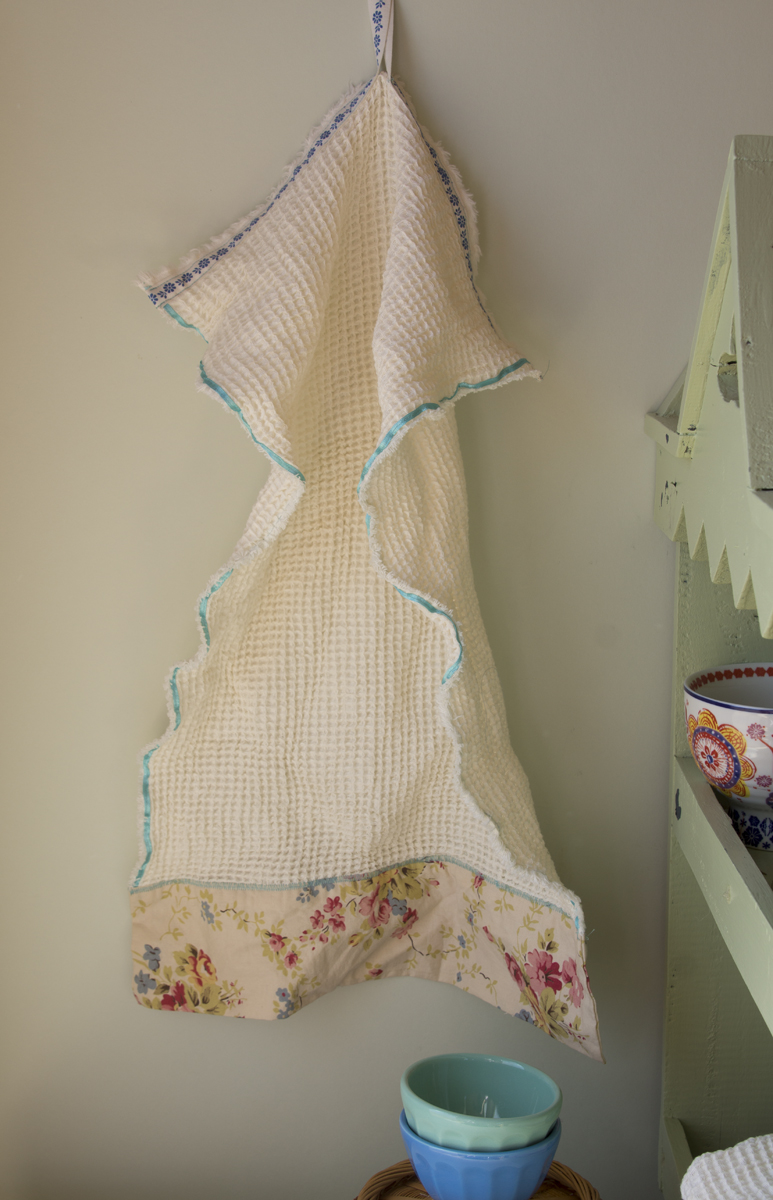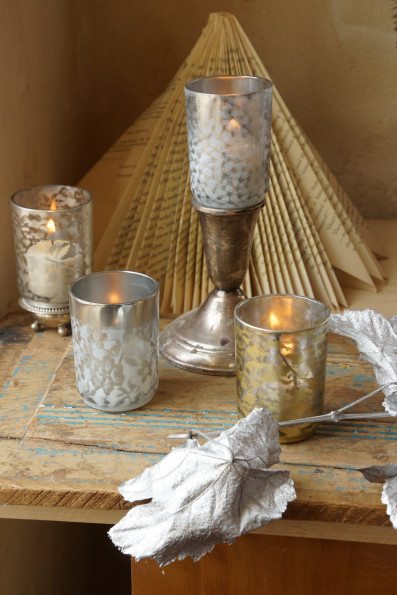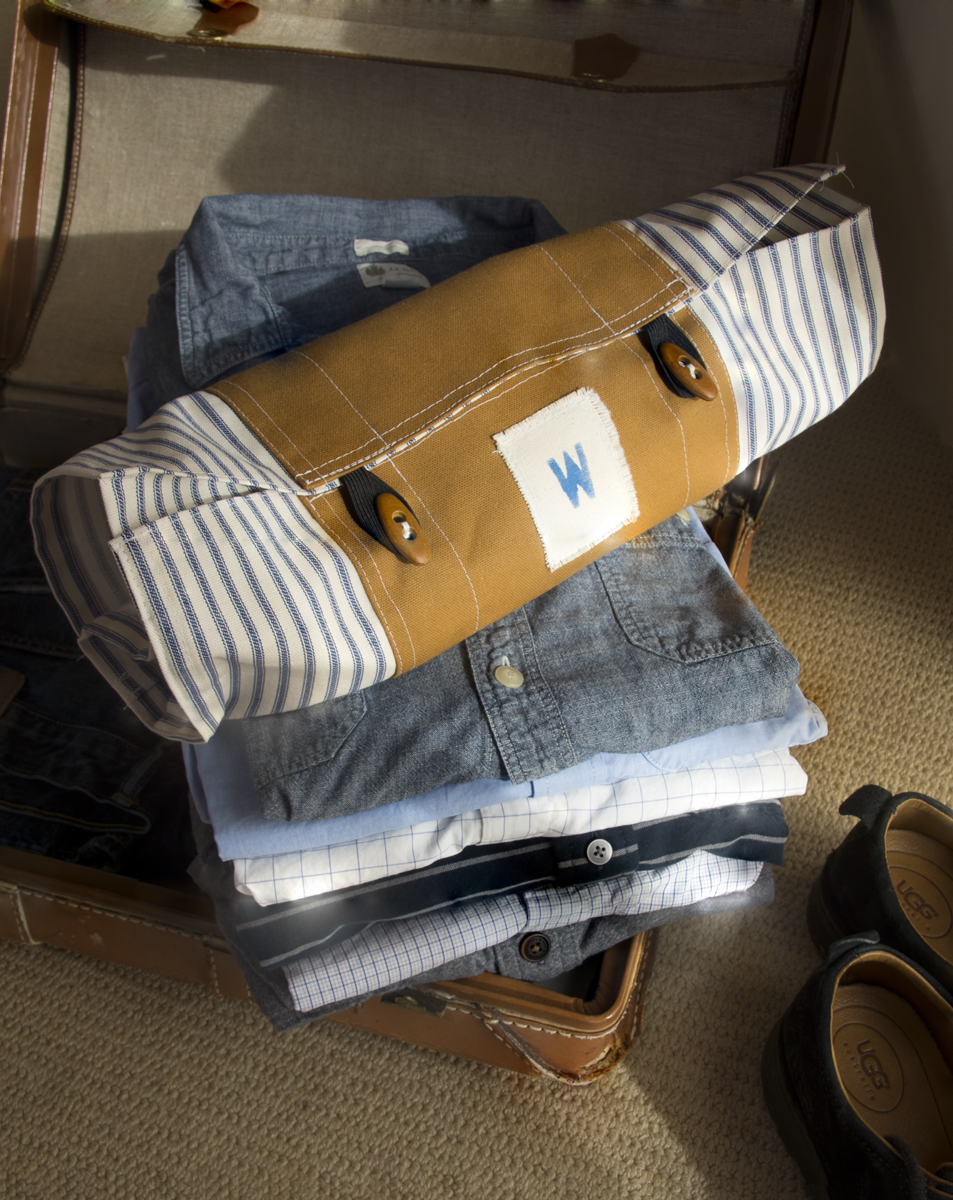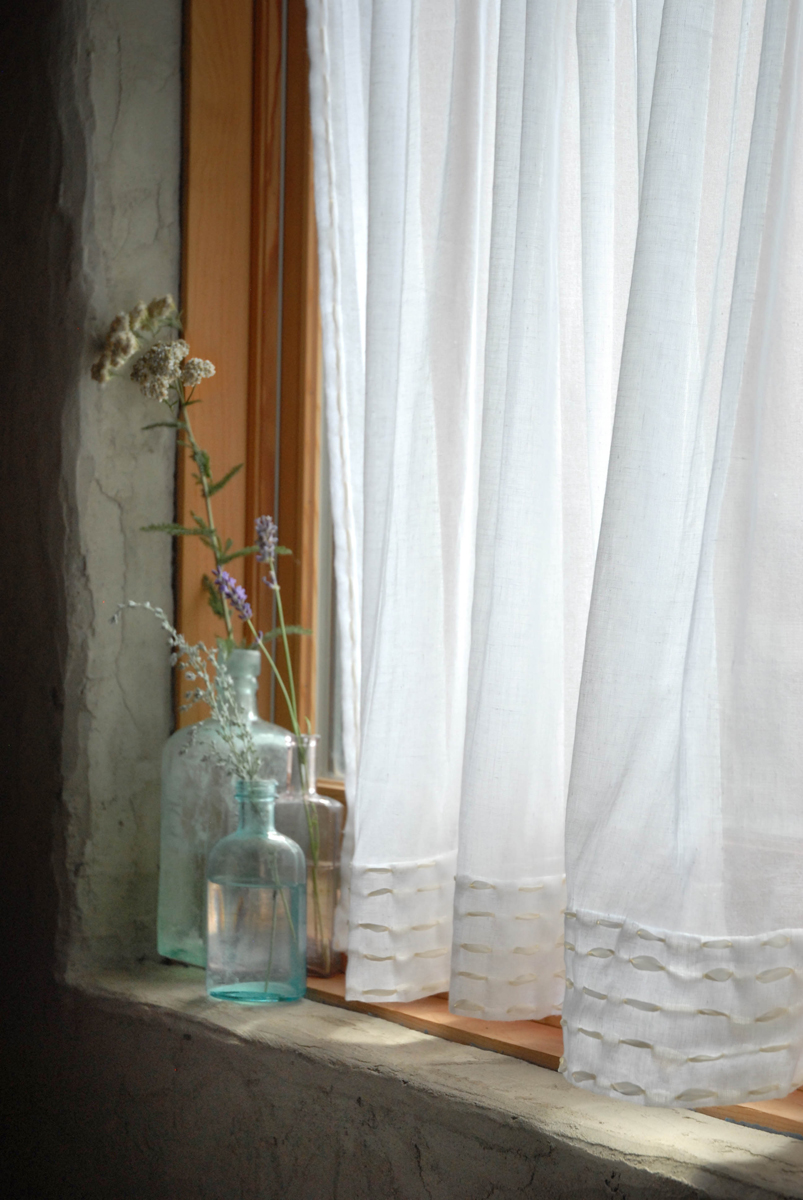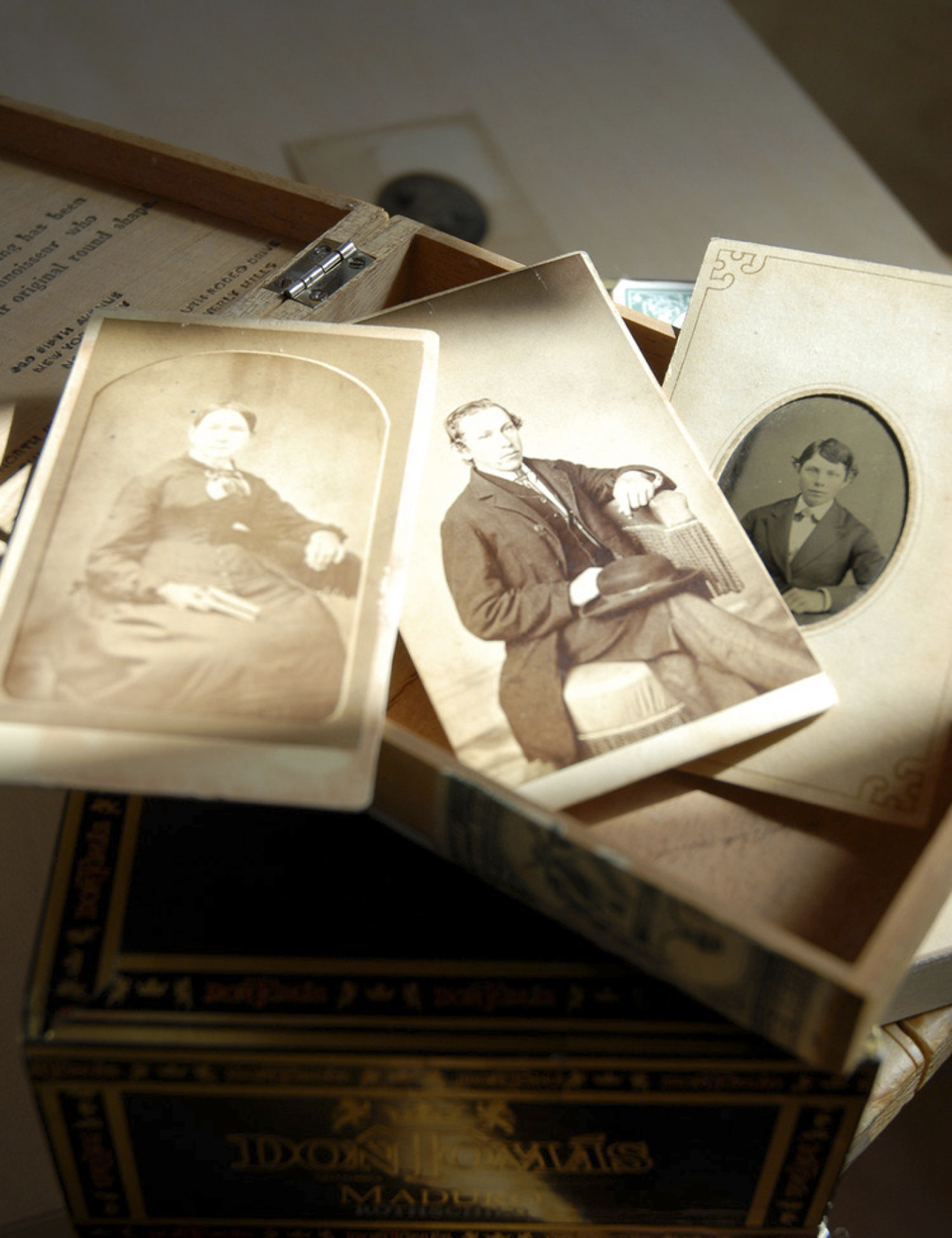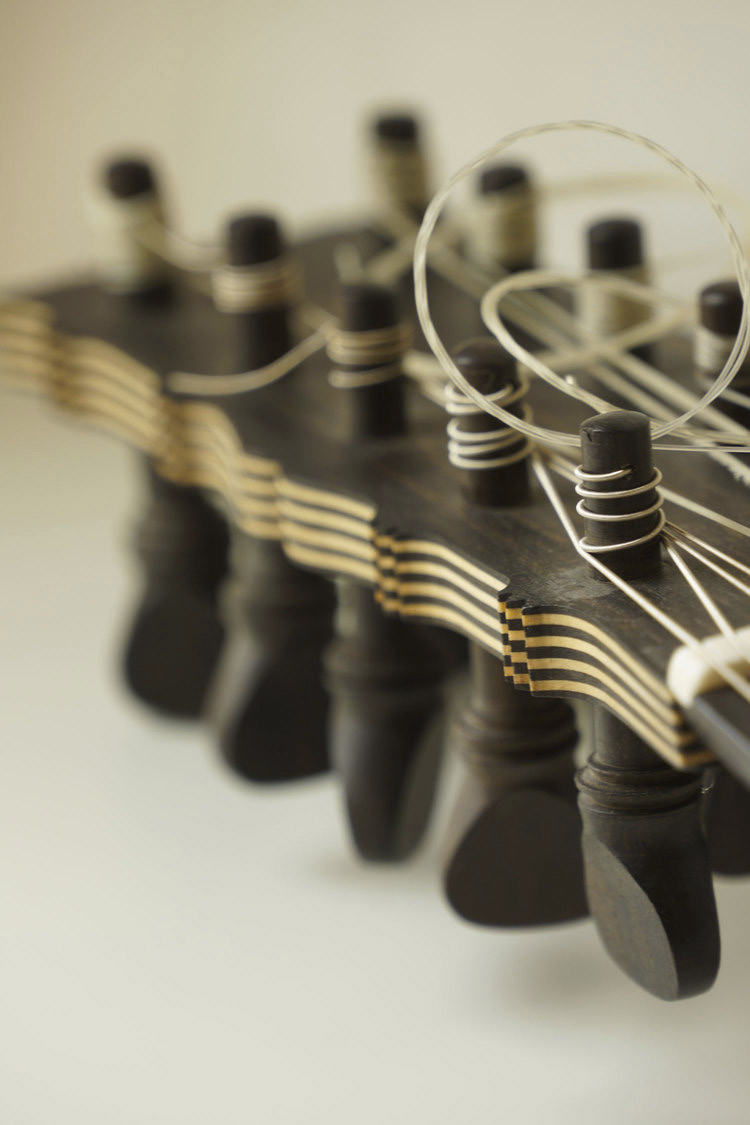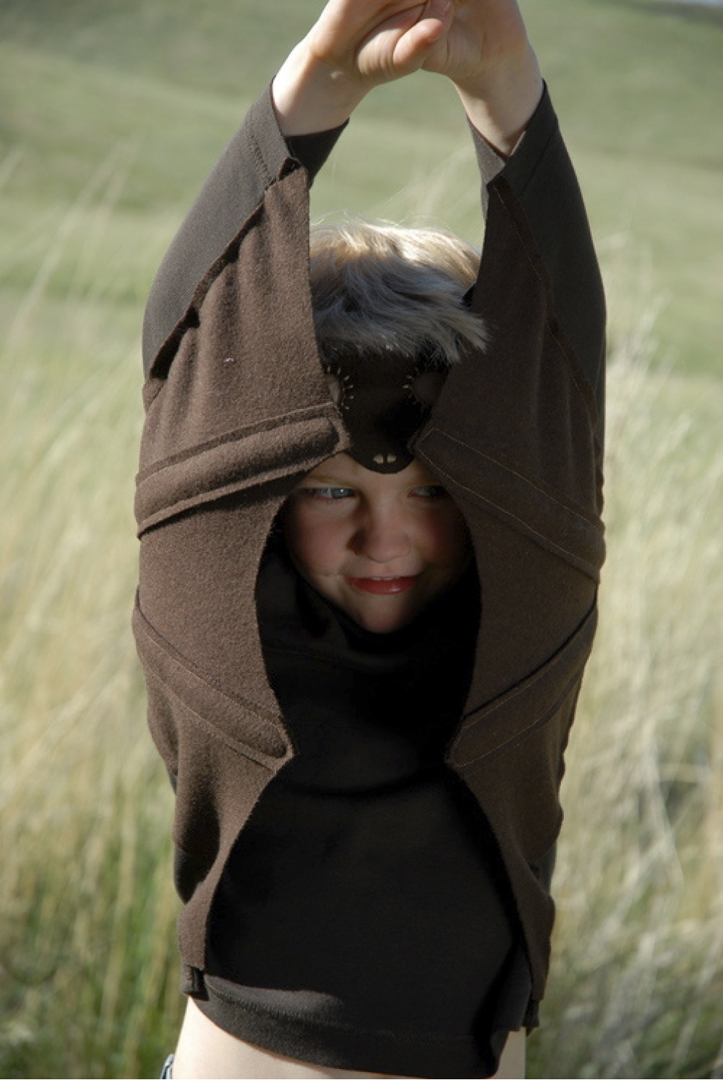Last Updated on 05/13/2015 by Chris Gampat
All images by Susan Wasinger. Used with permission.
Lots of photographers out there don’t hesitate to say that they’re a natural light photographer–but in most cases it simply means that they don’t want to or don’t know hot to use strobes. Photographer Susan Wasinger actually markets herself as a natural light photographer; and has incredible results with it. She’s the genius behind Lost Angel studios out in the West Coast. While natural light photography presents its own set of logistical problems, Susan gets through it with grace and even had time to talk to us about her business and shooting.
Phoblographer: How did you first get into photography?
Susan: Of course I took the requisite photo class in high school where I learned to shoot and develop black and white film using a decidedly non-digital 35mm film camera. In college, I set up a dark room in the basement of my dorm and played into the wee hours of the night with dangerous chemicals and murky, symbolic images.
As a designer, I was lucky enough to work with a lot of great studio photographers on advertising, catalog, book, and magazine projects and so got a real education in light, and composition, styling and technique. As a designer in the olden days, I also had to learn the process of separators, and retouchers, and printers so that I could shepherd those photographs safely and accurately from film to printed page.
I got an early version of Photoshop in 1991 and started tinkering with digital images. Later I started writing, designing, and photographing a recurring series for Natural Home Magazine and started really having to put all that I had learned into practice.
That morphed into requests for other photography for magazines, books, and catalogs. Then I started writing, designing and photographing my own books which often required hundreds of photographs. Various publishers started asking me to photograph books for others, and so it goes.
Phoblographer: The concept of a natural light studio is rare, but it is fairly common on the west coast of America. Why natural light vs making and shaping your own?
Susan: There is really nothing like natural light photography for anointing still lifes and portraits with a magical, celestial feel. It just adds warmth, and depth, and can bring colors to life. It finds textures that you almost didn’t notice were there. It is rare that manufactured light looks “real”, and I think that distracts and detracts from the subject of the photo.
I think natural light has an ineffable, “epic” quality to it that viewers respond to on a subconscious level. I am so often unhappy with the flatness of manufactured light. I also struggle to get the color to look happy and sublime under electric light.
Phoblographer: Of course, you’ve got some great images and wonderful ideas–which is what clients want first. But when you’re pitching your business and your photography, do you at all talk about just working with natural light?
Susan: Clients definitely respond to the natural light pitch. They are often looking for the rustic, homespun, real feeling that natural light brings to the subject. They want that glow. I tend to look for real materials as props, backdrops, surfaces as well so the whole effect feels natural, true, unforced. I think that imbues the subject with a sense of accessibility and truth which is appealing.
I love to shoot on old wooden tabletops that have lots of imperfections in them, stone, crumpled paper, my backdrops are often plaster walls, or windows or weathered wood. Here are some adjectives clients often use to talk about what they want from their photos: “luminosity”, “glow”, “soft”, “sweet”, “glorious”, “real”. These are all the exact same adjectives I would use to describe natural light.
Phoblographer: We imagine that a natural light studio has to have stuff like scrims, diffusion panels, etc. Talk to us about the pieces that make your studio so excellent.
Susan: I have an upstairs and downstairs space in my studio for shooting. Each space has windows on at least 3 walls. In fact, I sometimes wish I had designed more wallspace into my studio. The upstairs is kind of a tower room that has windows or glass doors on all four walls. There are no houses or buildings within a quarter mile of my studio, so there is very little outside that blocks the light. In the summer, there are grapevines that grow up the south wall of windows this cools and shades the light coming from them giving that direction almost an open-shade feel even on the sunniest summer day. I move my photo set-ups throughout the day to follow the light.
I have lots of scrim/diffusers that I set in the windows to control light, those vary from frosted ¼” Plexiglas sheets to stretched sheer fabric panels. I also have various thicknesses of sheer white curtains that I use to knock down the light, spread it or even it out. My studio is at 7800 feet above sea level which means the light has less atmosphere to travel through and is thus can be very strong and sharp. I also bounce that abundant light sometimes using plain white panels (just coated white board), sometimes photographic bounce panels (I like the round ones that are white on one side and silver on the other that twist and fold up).
Sometimes, I will set up one large white bounce, and then use a piece of highly reflective material like silver or gold metallic paper or even aluminum foil wrapped cardboard to put very hot and specific highlights on the subject Those reflectors I almost always hand hold and I watch straight through the lens, twisting and moving the reflector around, until it sparks on the subject the way I want, then I shoot. In those cases, I am often catching the light from a secondary window to bounce it onto the subject. I sometimes use that bounced light almost as a “hair” light to separate the subject from the background.
I don’t often really know what is going to happen until I start playing with the light and what it does as it ricochets around.
Phoblographer: You’re all about shapes, geometric patterns and textures. How do you think natural light helps you to achieve your specific creative vision?
Susan: Even I can’t plan what is going to happen. I often start with an idea, and then have to modify it as I see how the subject reacts under the light. I guess, the thing I always start with, in any of my photographs, is optimism. I always believe there is a way that I can tap into its inner beauty, and that is what I can capture.
Natural light is slightly out-of-control, things happen that are slightly unpredictable, and thus feel slightly magical and ethereal. You have to look for that moment when the surface of something shimmers a bit, or a dramatic shadow creates another shape in the composition, or when the sunlight creates a sparkle in someone’s eye or makes their skin look like a ripe peach. Natural light does all these things, but you have to be flexible, adaptable, and quick in order to capture it.
Phoblographer: Talk us through a typical work day with you; when do you start? What do you end up doing if the sun isn’t around?
Susan: Because I am lucky enough to be a designer as well as a photographer, I can sometimes skip days that have less-than-ideal light and work on something else until the light improves. In winter, if it is snowing or there is snow on the ground and heavy fog or overcast, the blue cast of the light can get tricky. I can still work on a dark day, it just requires putting the subject right up next to the window (possibly with a piece of frosted flex as a diffuser) and then shooting.
I will then warm the color a little bit either directly in the RAW conversion or in Photoshop so that the blue cast is less noticeable. I have some nice tricks in Photoshop to create more depth and clarity in a low-contrast, blue cast photo that make even the days when the sky seems most grim, a reasonable day to get some work done. Though, because sunlight can have such a magic effect on photos, I will try to not shoot beauty shots on a crummy day.
Often my clients will send me a huge box full of materials to shoot, and I usually have a couple weeks or a month in which to finish all the shots. Not that its plenty of time, but at least I have some flexibility in how I organize my shooting time to take advantage of good light. Because I use different windows and different set-ups for different times of day, I can usually work from 9 to 4 or 5 or so in the studio most days of the year.


